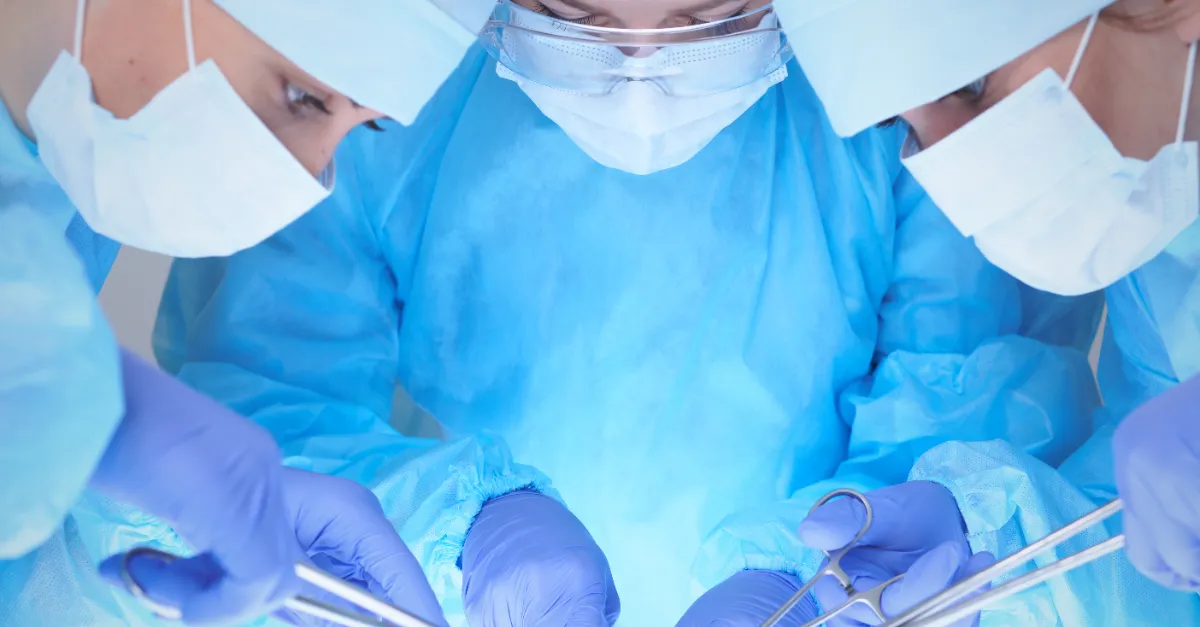この記事の概要
Hair transplant surgery is an effective treatment for many people suffering from thinning hair and alopecia, and advances in technology and knowledge are further improving the effectiveness and safety of hair transplant surgery. This article details the latest academic research and trends in hair transplantation.
Latest Research Trends
1. Low power laser therapy (LLLT)
Low-power laser therapy (LLLT) has gained attention as an adjunctive therapy to promote hair growth after hair transplant surgery.
Mechanism: LLLT activates cell metabolism in hair follicles and promotes blood circulation, thereby supporting hair growth.
Research Results: Multiple studies have shown that LLLT improves hair density and growth rate.
2. Advances in stem cell technology
Advances in stem cell technology are opening up new possibilities for hair transplant surgery.
Use of follicular stem cells: Techniques are being developed that use follicular stem cells to generate new hair follicles. This allows for effective treatment of patients with limited donor area.
Growth Factor Applications: Stem cell therapies containing growth factors promote hair follicle regeneration and improve the retention of transplanted hair.
3. Progress in robotic hair transplantation
Robotic hair transplant technology improves surgical precision and efficiency.
ARTAS System: The ARTAS robotic system automates the collection and transplantation of hair follicles, ensuring highly accurate and uniform transplantation.
Research Findings: Robotic hair transplantation increases patient satisfaction by reducing human error and shortening surgical time.
4. Progress in genetic research
Genetic research is expanding our understanding of the underlying causes of alopecia and the potential for personalized treatment.
Gene mapping: Certain genetic variants have been found to be associated with alopecia, and personalized treatments are being developed based on these findings.
Gene Editing Techniques: Gene editing techniques such as CRISPR-Cas9 are being studied to modify genes that contribute to hair regeneration.
5. Use of PRP (platelet-rich plasma) therapy
PRP therapy is a treatment that uses growth factors extracted from blood to promote hair growth.
Treatment Process: The patient’s own blood is collected, centrifuged to extract the multi-platelet plasma, and injected into the scalp.
Research findings: PRP therapy has been shown to improve hair density and thickness and enhance the effectiveness of hair transplant surgery.

Practical Application of Research and Future Prospects
1. Progress in personalized treatment
Advances in genetic research and stem cell technology are enabling personalized treatment for each individual patient.
Patient profiling: Treatment plans are developed based on the patient’s genetic information and health status to maximize treatment efficacy.
Personalized Medicine: Personalized medicine, which provides the best treatment for each individual patient, is expected to play an important role in hair transplant treatment as well.
2. Development of non-invasive treatment methods
It is hoped that more non-invasive and effective treatments will be developed in the future.
Advances in drug therapy: New drug therapies are being developed to address the underlying causes of alopecia.
Application of new technologies: Advances in nanotechnology and biotechnology are expected to provide more effective and safer treatments.
3. Integration of beauty and treatment
The combination of cosmetics and therapy is expected to make the results of hair transplant surgery even more natural and beautiful.
Aesthetic design: From an aesthetic design perspective, hair transplants can be naturally adapted to the shape of the face and the flow of the hair.
Development of new materials: The development of new materials and techniques will improve the success rate of hair transplants and provide more natural-looking results.
summary
The latest academic research on hair transplant surgery is advancing technology and knowledge to improve the effectiveness and safety of treatment. Many innovative research efforts are underway, including low-power laser therapy, stem cell technology, robotic hair transplantation, genetic research, and PRP therapy, which are expected to lead to the development of personalized and non-invasive treatments. It is hoped that further research in the field of hair transplantation surgery will free more people from the problems of thinning hair and alopecia.
参考文献








